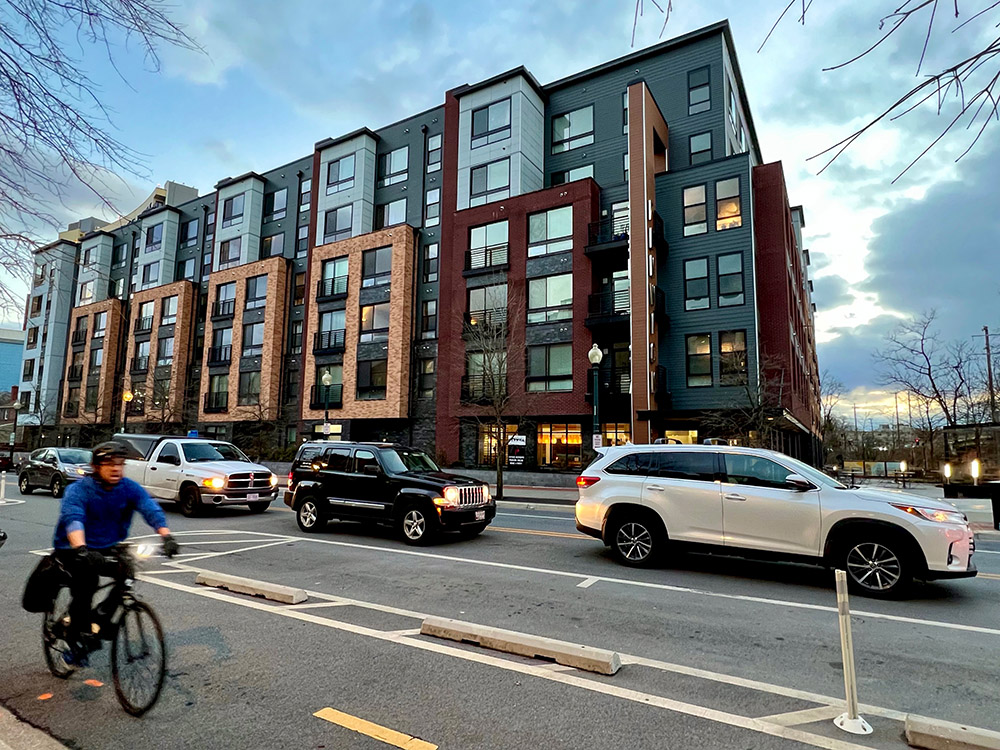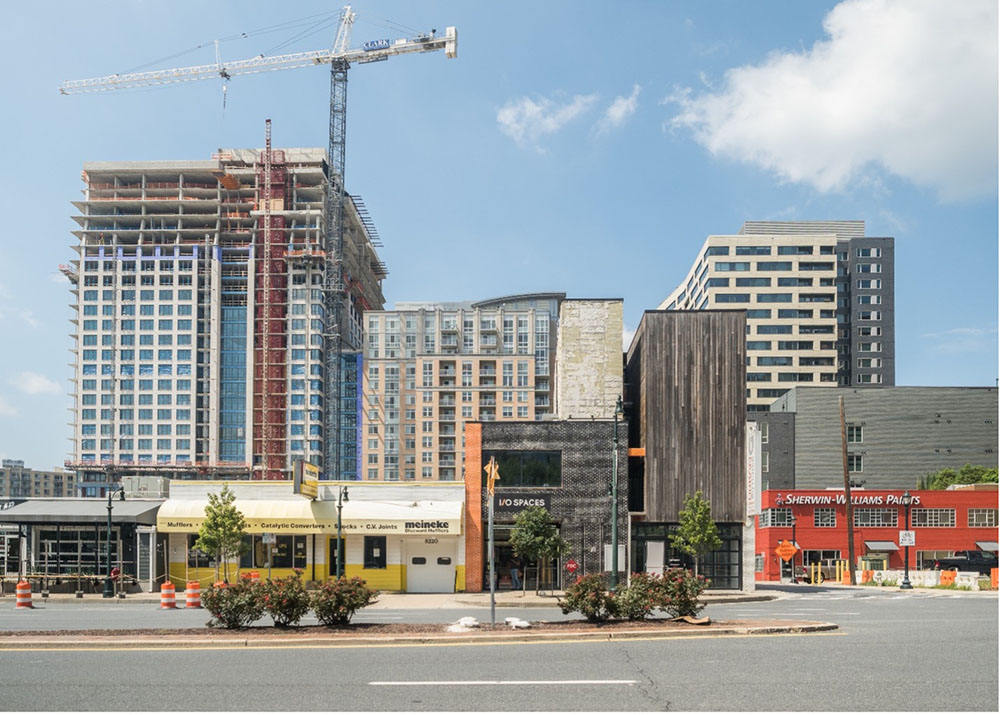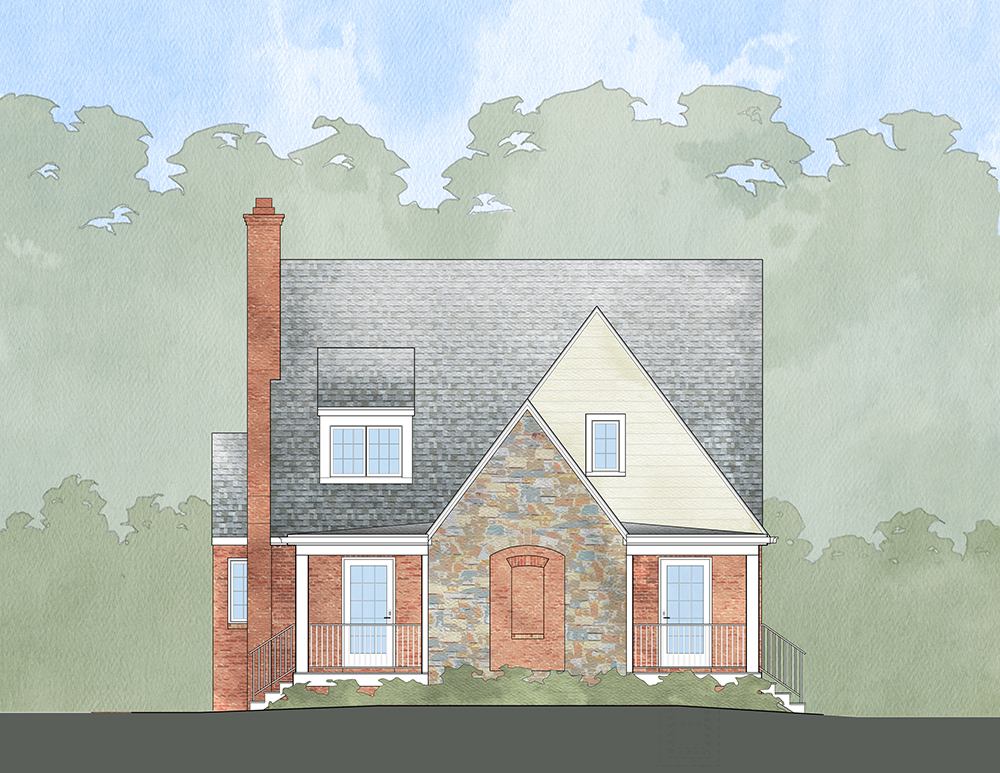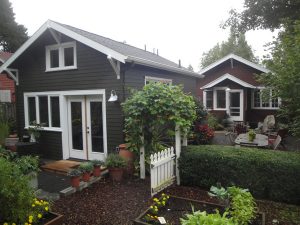
By Lisa Govoni and Jason Sartori
One of Montgomery Planning’s mantras of late has been this idea of turning “parking lots to places.” In other words, let’s make better use of underutilized developed land and transform it into something more vibrant with multiple uses for residents and visitors. Inherent in “parking lots to places” is the thought that the “easier” parcels to redevelop – like surface parking lots – will be developed first, given the complexity and time involved in redevelopment of sites with existing uses.
Turning a parking lot into a place is infill development, which takes place on vacant or underutilized developed parcels within an area that have access to existing services. Infill development is beneficial to … Continue reading



